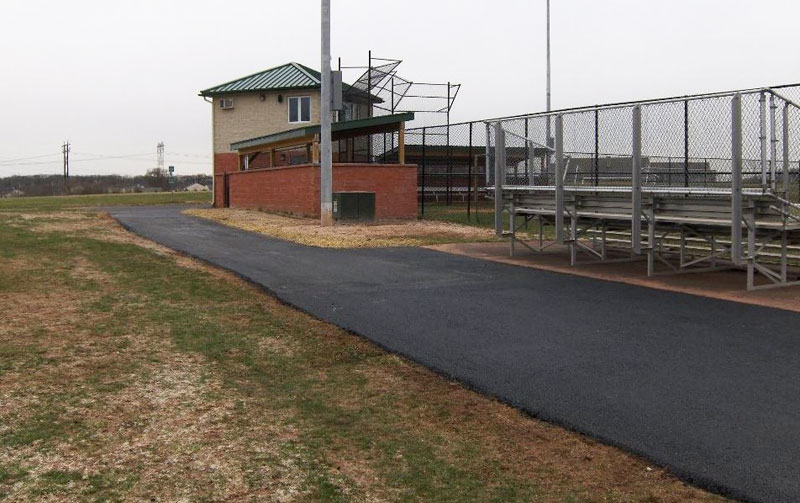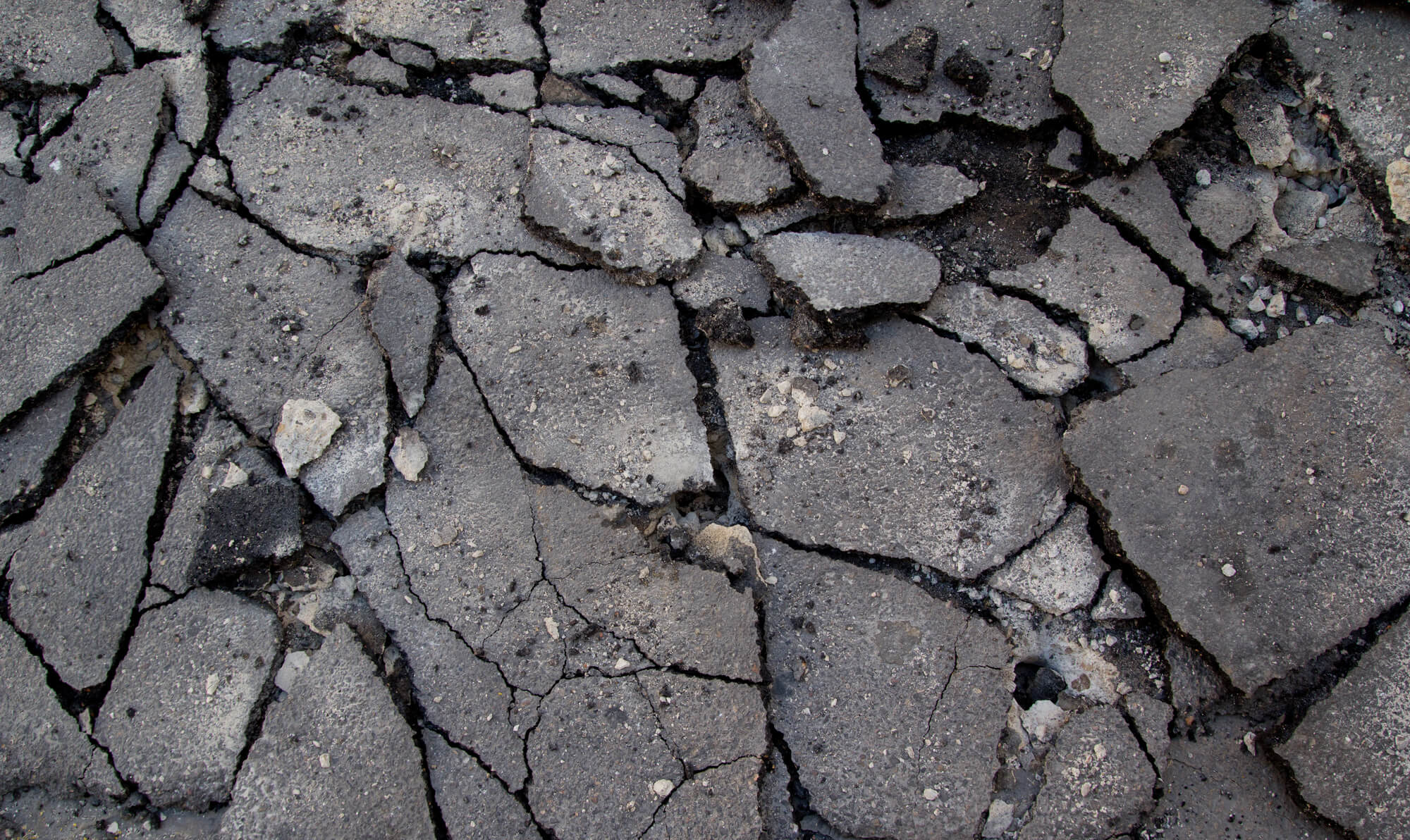A1 Professional Asphalt & Sealing Llc for Dummies
A1 Professional Asphalt & Sealing Llc for Dummies
Blog Article
Some Known Details About A1 Professional Asphalt & Sealing Llc
Table of ContentsAll about A1 Professional Asphalt & Sealing LlcThe 10-Minute Rule for A1 Professional Asphalt & Sealing LlcNot known Facts About A1 Professional Asphalt & Sealing LlcThe Basic Principles Of A1 Professional Asphalt & Sealing Llc Facts About A1 Professional Asphalt & Sealing Llc Uncovered

The oil in an automobile engine is not simply oil. It consists of a range of ingredients to boost the automobile's performance. These include polymers, viscosity modifiers, heat stabilizers, additional lubes, and wear ingredients. The REOB consists of all the additives that remained in the waste oil as well as the wear steels from the engine (primarily iron and copper).
By making many blends making use of different REOB samples and different asphalt binders, the variations mainly can be balanced out. Numerous States provided samples of known REOB structure to TFHRC scientists, that assessed the examples to contrast the percent of added (recognized) REOB to the located (checked) quantity. The evaluations revealed an equivalent percent of added and found REOB.
Some Known Details About A1 Professional Asphalt & Sealing Llc
None of those States realized that the asphalt they were acquiring consisted of REOB. One State insisted its examples had no REOB - https://truthful-heron-jjppp1.mystrikingly.com/blog/a1-professional-asphalt-repairs-paving-excellence-in-st-louis.
Of the 1,532 examples tested, 12 percent contained REOB, and some included substantially high degrees of it at 1020 percent. The highest degree was 34 percent in an example from Texas, which TxDOT had utilized in a patching substance. This screening additionally exposed the existence of phosphoric acid in 11 percent of the samples, and 2 percent had ground tire rubber.
2 years back at TRB's yearly conference, the Federal scientists held an REOB workshop and provided the findings of their laboratory assessments to a standing room-only crowd. Some companies do not specifically prohibit REOB, they do enforce physical examinations that prevent its useeffectively a ban. Others do not ban it by requirements, but have agreements with asphalt suppliers to stay clear of making use of REOB
Everything about A1 Professional Asphalt & Sealing Llc
A handful do allow REOB, some within specific restrictions. Ohio and Texas limit levels to less than 5 percent of the asphalt. To establish a dependable test technique that all States can make use of, the TFHRC researchers set up a round-robin test plan. The participants are 11 State highway companies (Illinois, Massachusetts, Minnesota, Mississippi, Montana, North Carolina, Oklahoma, South Carolina, Texas, Vermont, and Wyoming), 2 independent screening laboratories, the Ministry of Transportation in Ontario, Queen's College in Ontario, and an Ontario paving contractor.
In total, the researchers prepared and shipped 720 blends. The participants are evaluating the samples independently using the try this site standards provided by the TFHRC scientists. The round-robin screening is almost completed, and TFHRC is in the procedure of accumulating the outcomes. The outcome will be a proposed AASHTO examination approach that any type of State can embrace and utilize (a1 professional).
The pavement with REOB, which lies 0.6 mile (1 kilometer) from the sidewalk without REOB, has similar subgrade, traffic thickness, and climate. Nonetheless, the section of Highway655 with 5 to 10 percent REOB revealed considerable breaking. In this example, the visibility of REOB was the determined root cause of fracturing at a low temperature levels.
"In our experience in Canada, also small amounts of 23 percent can be a problem." A section of test sidewalk in Minnesota (MN1-4) found to have REOB also fractured prematurely. The pavement executed well for the initial 3 to 4 years, but then began to crack. This pavement is additionally subject to low temperature levels.
Rumored Buzz on A1 Professional Asphalt & Sealing Llc
The examinations were not extensive, but they showed that at levels of 6 percent or more, the tensile toughness of the asphalt went down significantly. At a level of 3.5 percent REOB, the variation in the physical examination approaches was better than the result of REOB. As a matter of fact, it was difficult for researchers to examine whether REOB existed.

One binder specification thought about is the difference in between the reduced temperature level essential requirements temperature for stiffness (S) in the flexing beam of light rheometer and the bending beam of light rheometer creep slope (m-value) noted as Tcritical. 2 independent research study teams, one from AASHTO and the other from the Asphalt Institute, ended that even more research study is needed on the usage of REOB in asphalt.
Previously, all asphalt testing gauged engineering buildings such as tightness. These tests do not reveal what materials had actually been contributed to the asphalt. One example gotten during the TFHRC research study had a really odd analysis. The sample had the adhering to examination outcomes: Superpave PG 64-28 with a heat quality of 67.3 Tcritical on the bending beam rheometer was 6.7 levels Celsius.

Examine This Report about A1 Professional Asphalt & Sealing Llc
These results show there are weaknesses in the standardized design testing protocols that might be exploited. The manufacturer might have a financial benefit and the product passes all the standardized examinations, yet the item may not be helpful to making certain long-lasting performance. To resolve this concern and the growth of new asphalt ingredients and extenders, TFHRC is beginning a research study program to use portable spectroscopic devices, x-ray fluorescence spectroscopy, and Fourier change infrared spectroscopy to allow analyses to be done in the area as opposed to having to take examples back to the lab.
Report this page